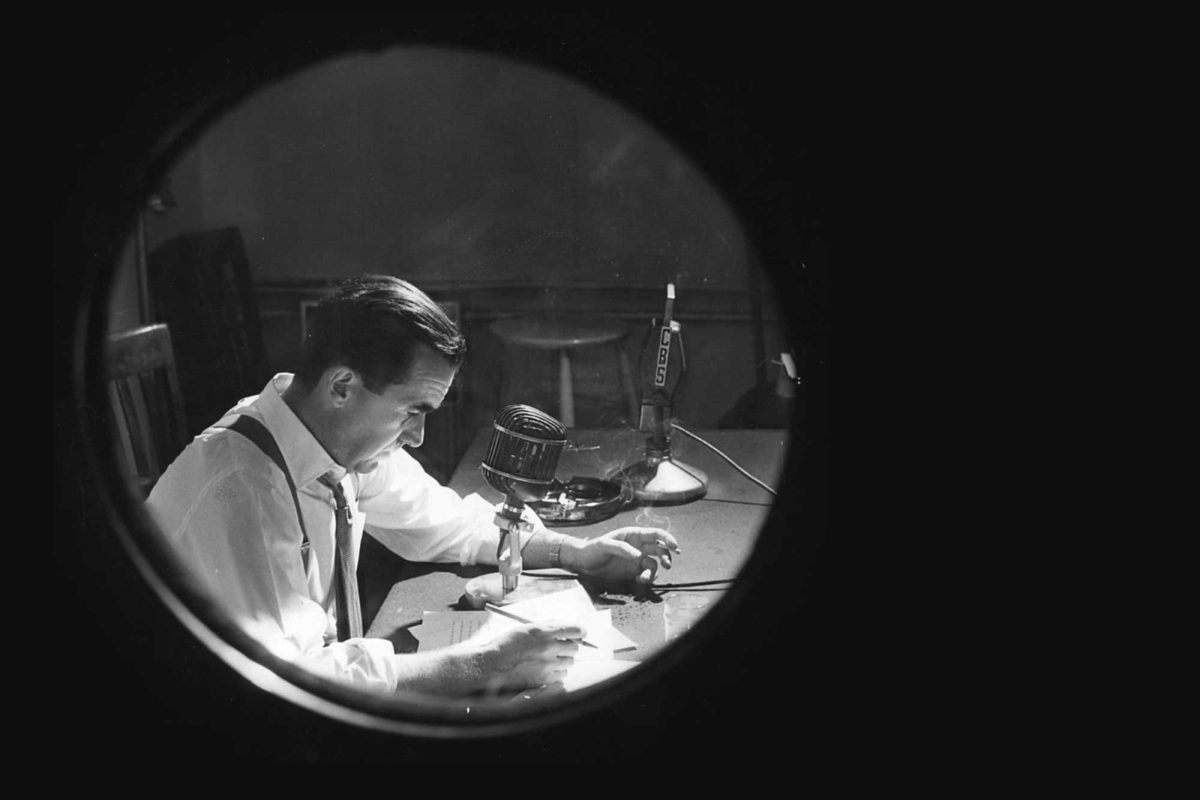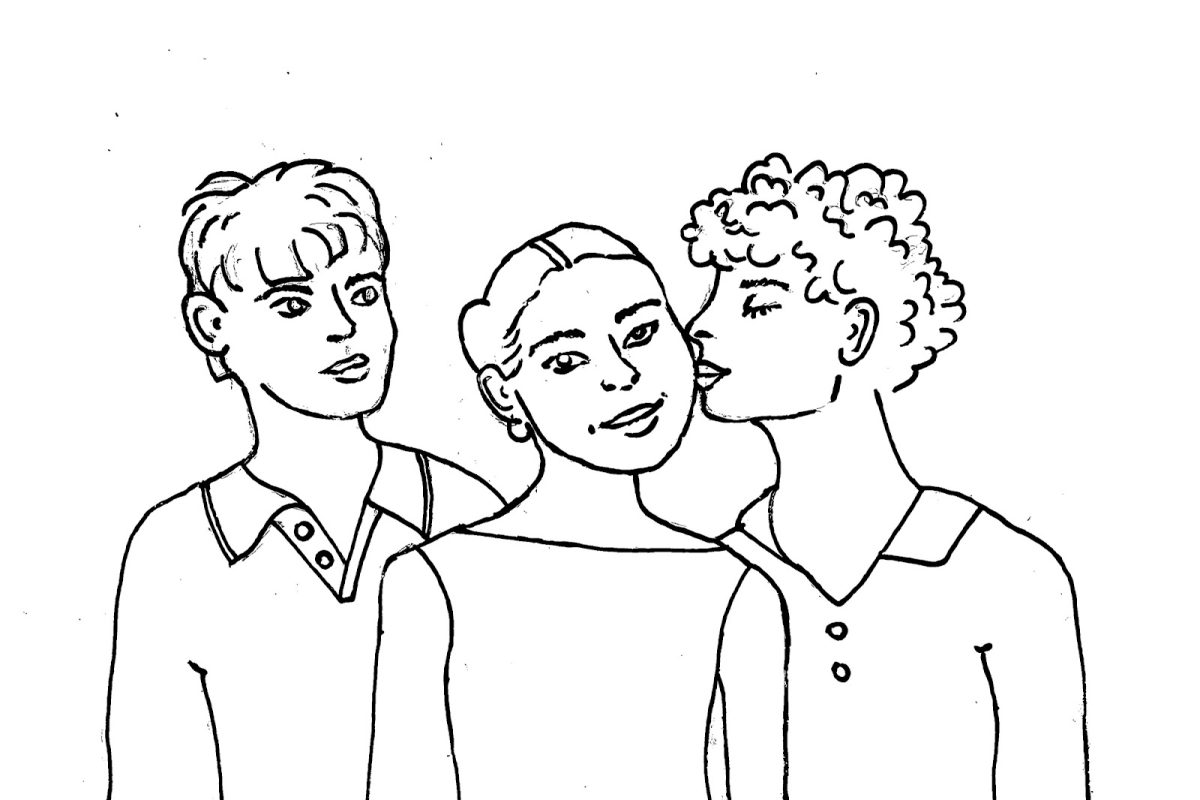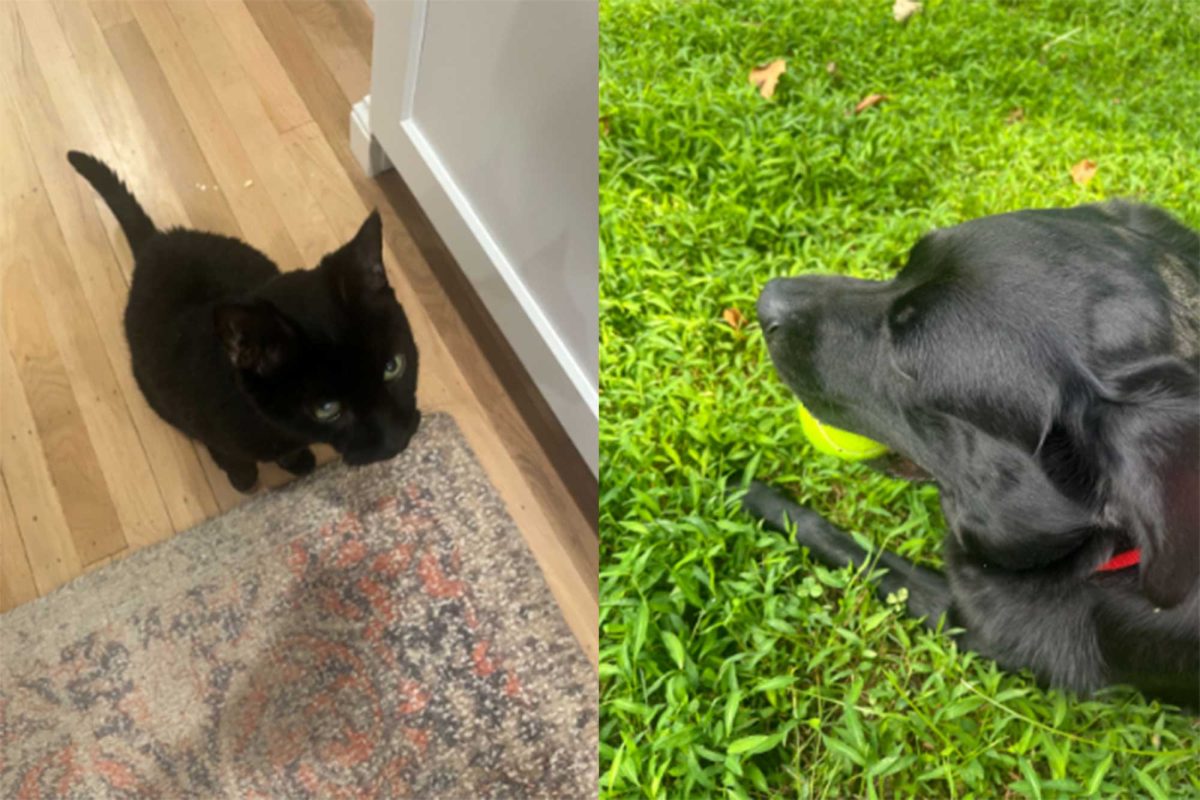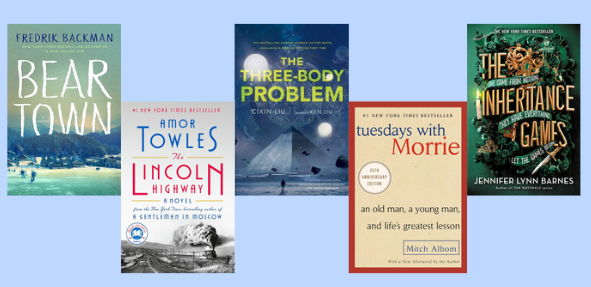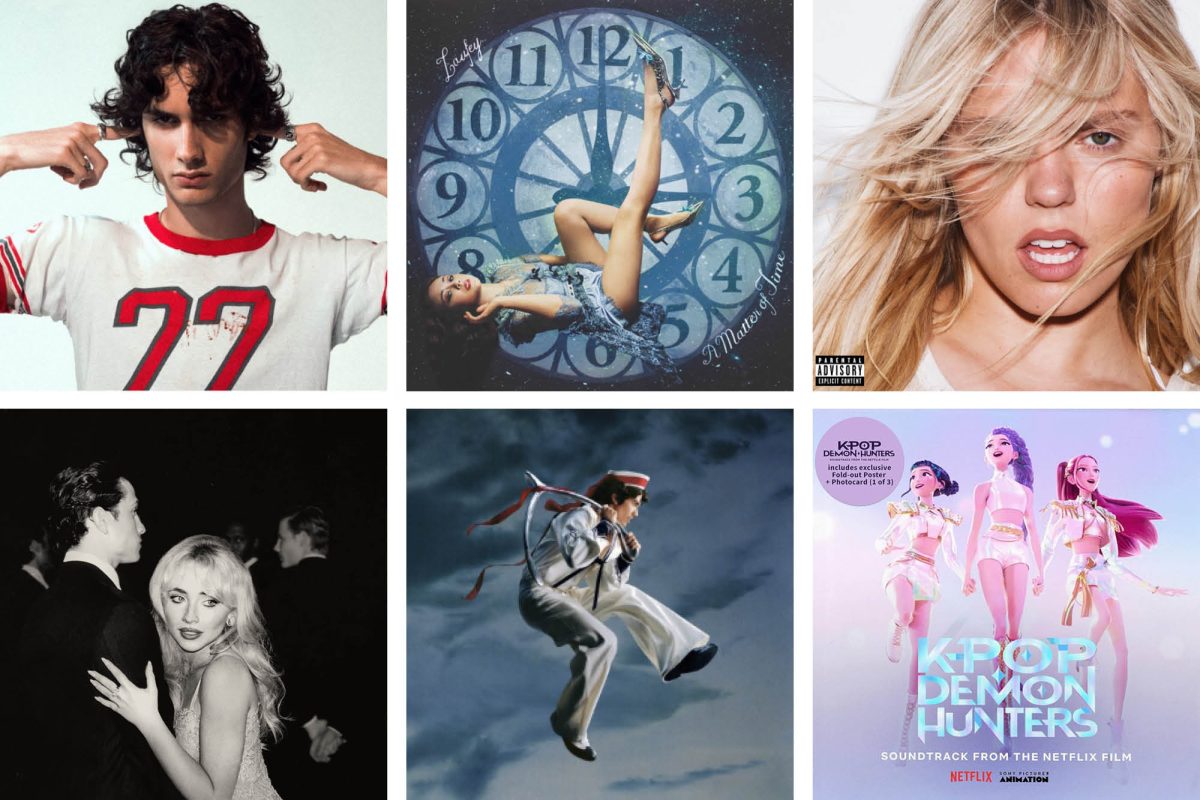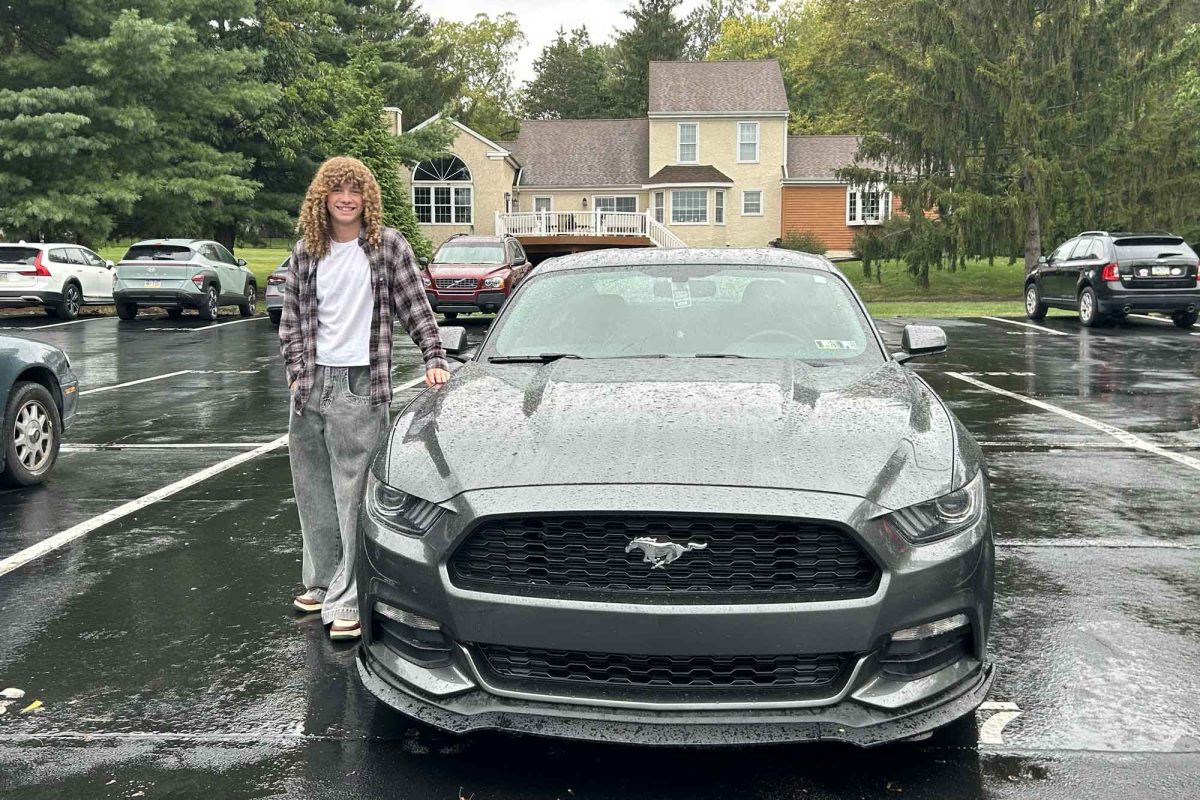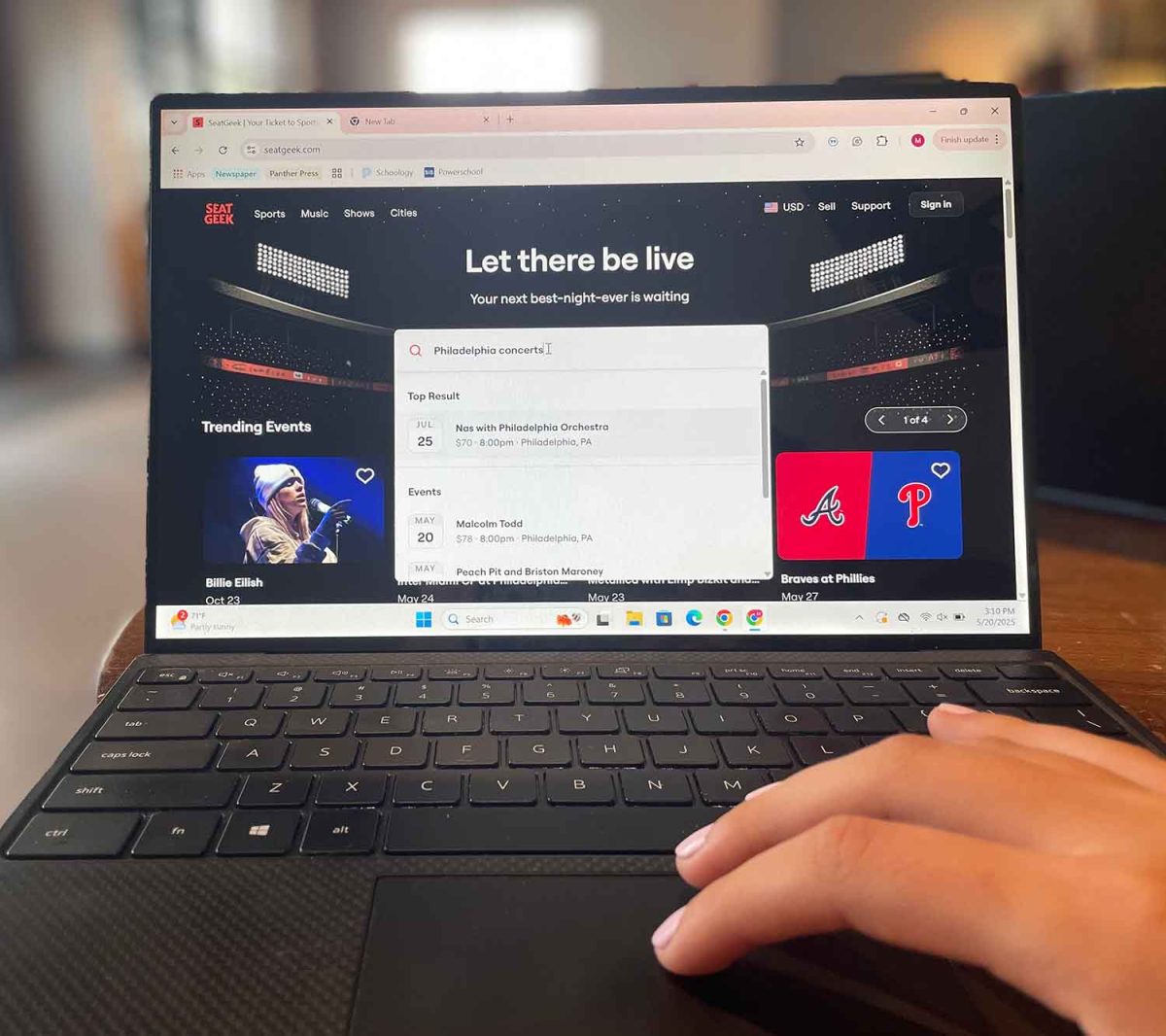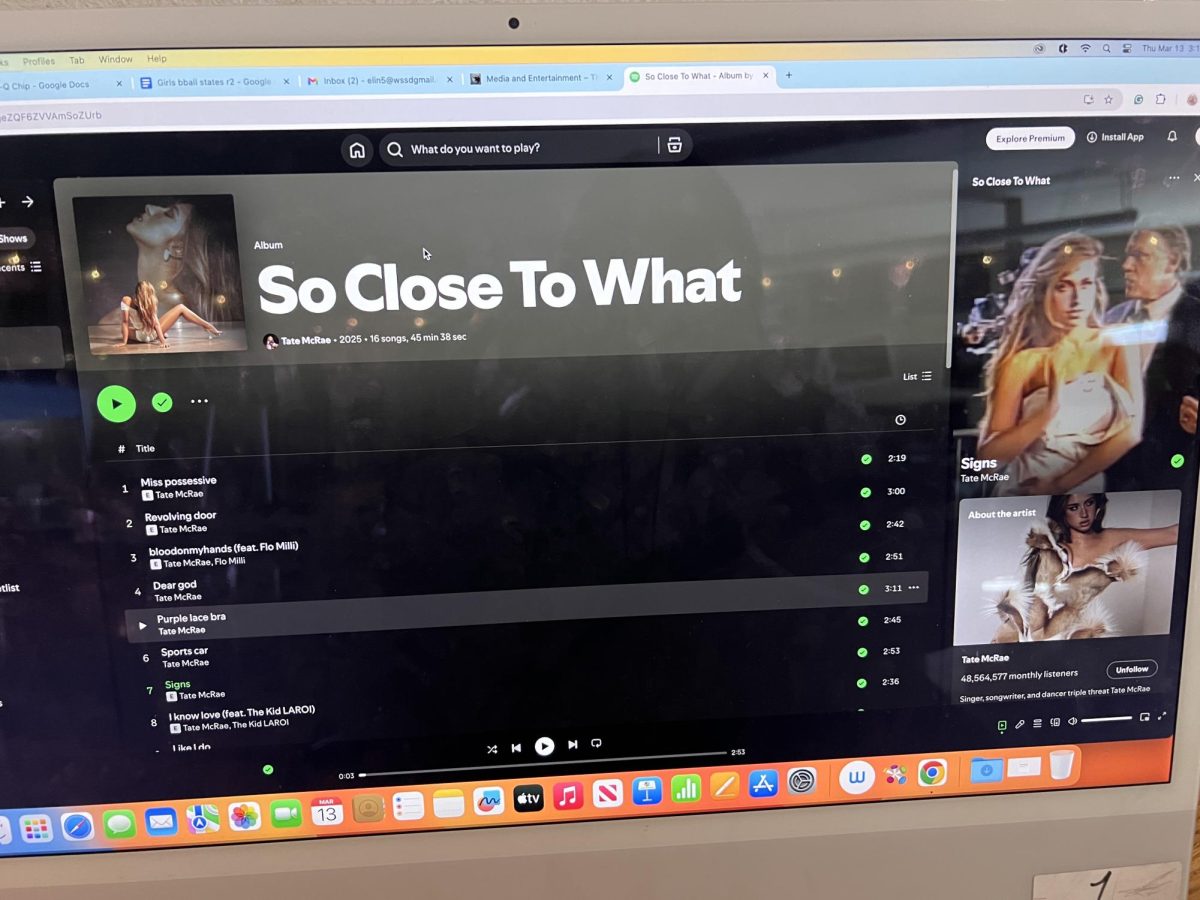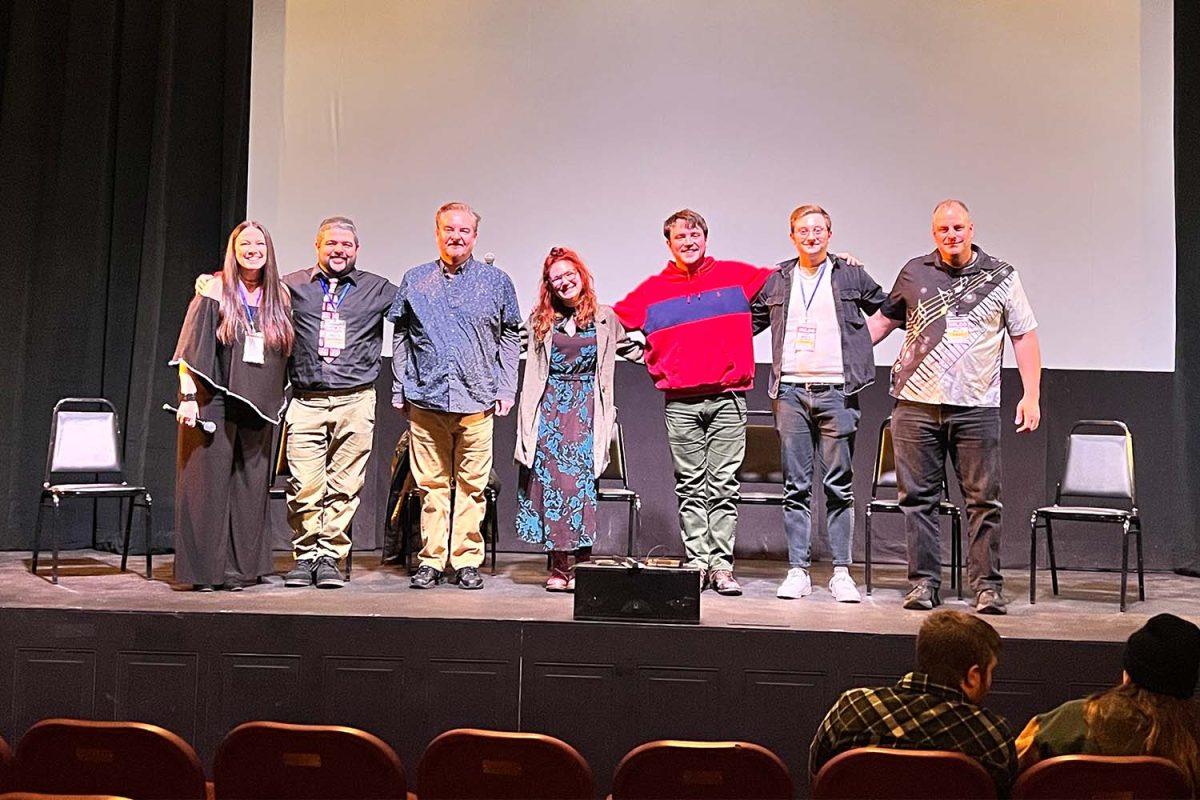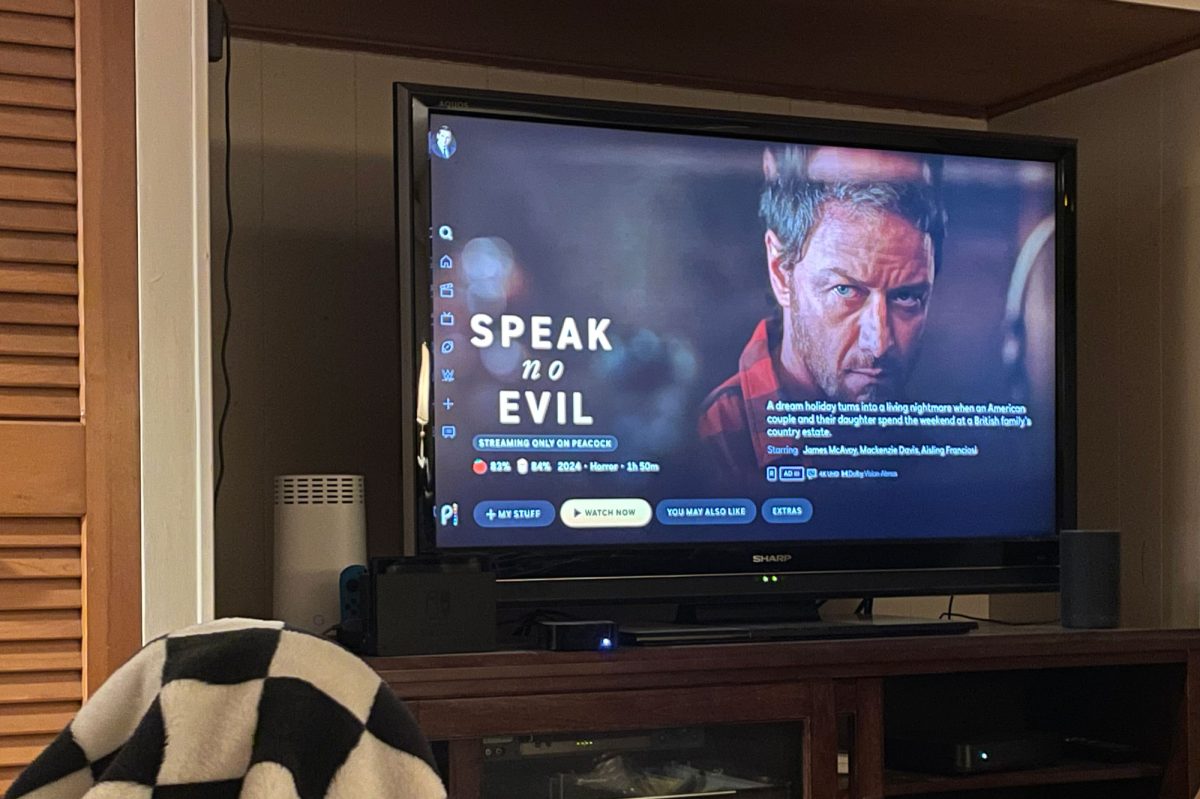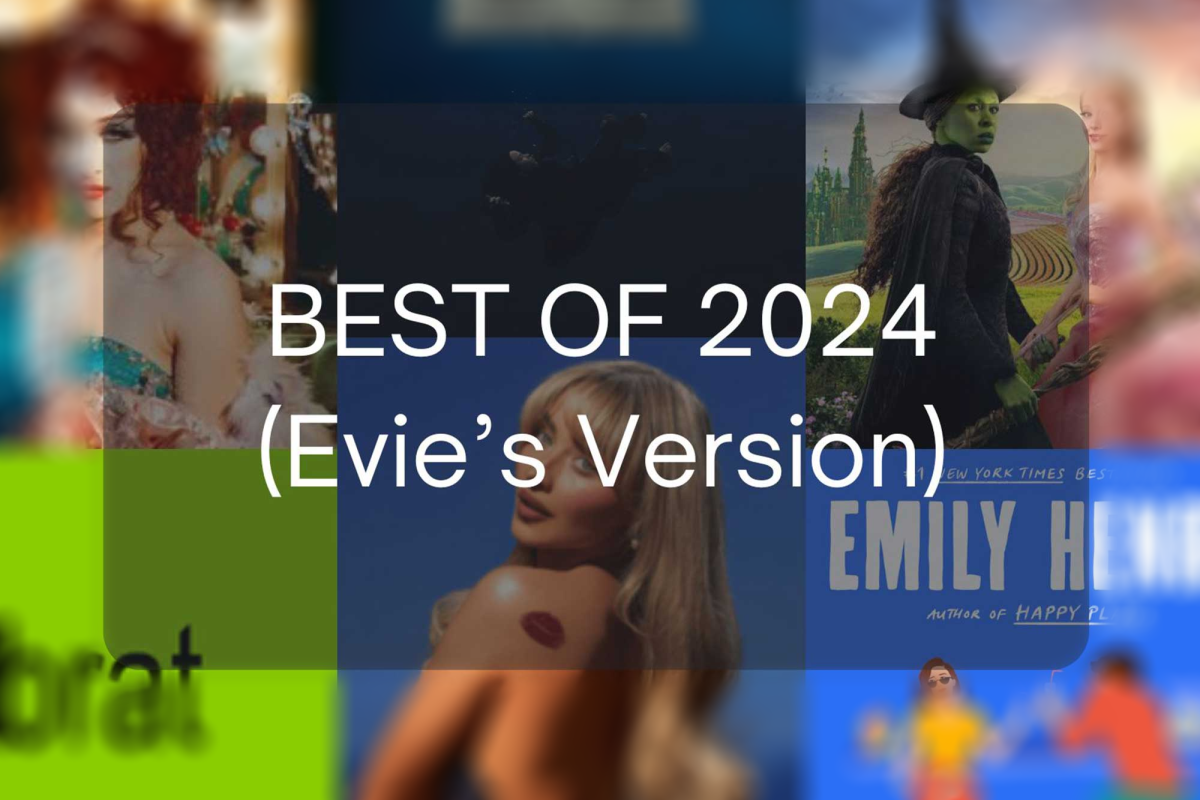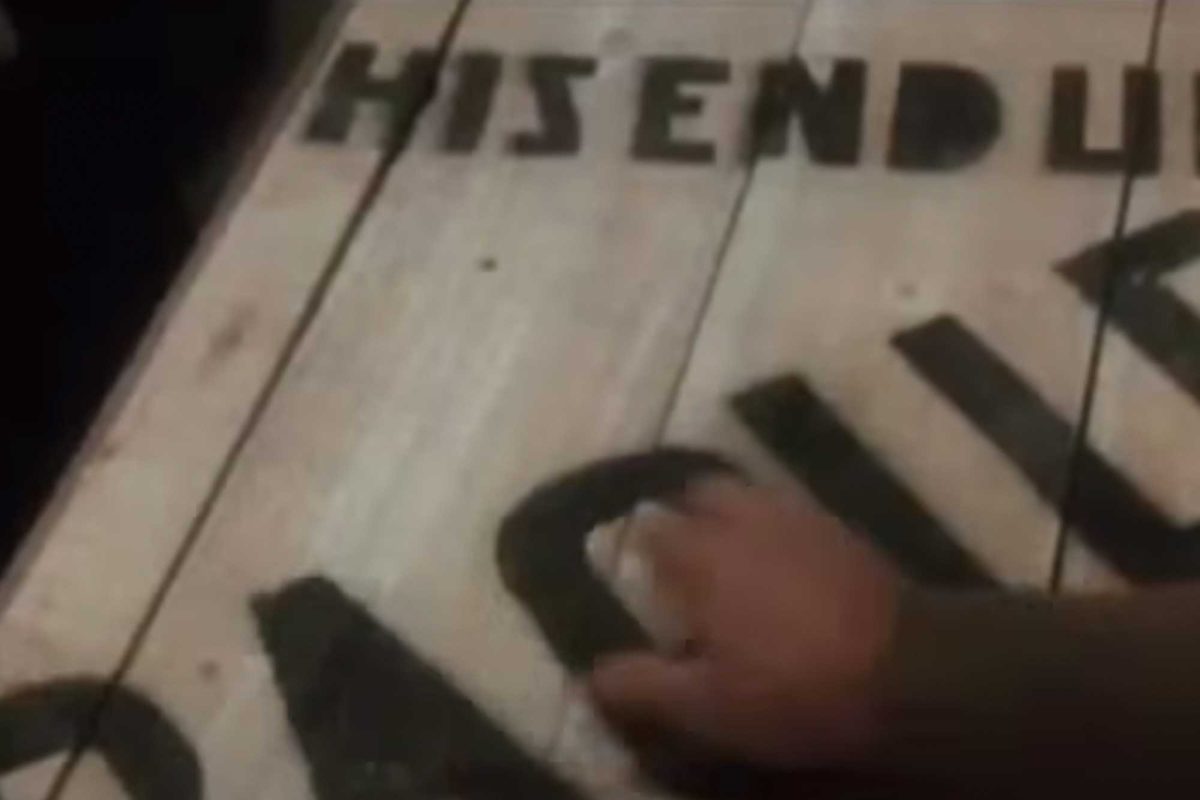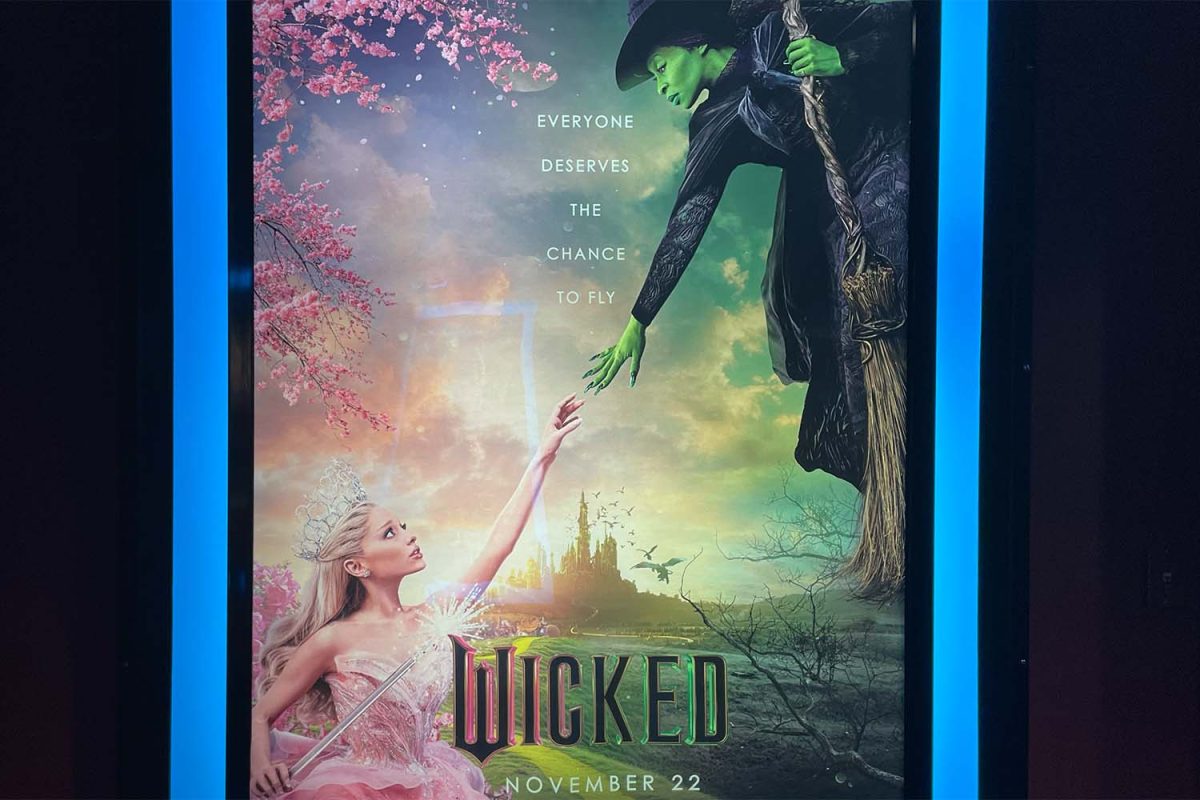I’ve been a lover of the theatre practically since birth, and not only watching a Broadway show but watching from my couch was right up my alley. Clooney’s work did not disappoint.
On June 7 at 7:00 pm, CNN publicly broadcast “Good Night, and Good Luck,” the Broadway show based on the true story of “the most trusted man in America,” Edward R. Murrow.
In 2005, George Clooney wrote, directed, and performed as Fred Friendly in the film “Good Night, and Good Luck,” which was the inspiration for the stage play of the same name. The play follows the true story of Edward R. Murrow (George Clooney), a journalist for CBS and the host of his evening newscast See It Now. Despite warnings from the studio, Murrow is determined to report on Senator McCarthy’s rampant communist accusations in the heat of the red scare. The play highlights the importance of journalism and reporting on a story regardless of the potential consequences.
The multi-Tony nominated production was the first time ever a Broadway show has been broadcast live worldwide. It left me astonished, intrigued, and inspired. The performances, along with the imaginative set, masterful storytelling, and impressive live camera work made for an immersive and thought-provoking experience.
Clooney portrayed Murrow with ease and wisdom. His stage presence was unmatched, and he embodied Murrow with grace and authenticity. Every word spoken, every look, even every draw from his very real cigarette was done with intention and furthered his transformation into Murrow.
Another cast standout included Clark Gregg as the cautious and ultimately tragic Don Hollenbeck. Hollenbeck was another newscaster on CBS along with Murrow, and sadly died by suicide after receiving harsh criticism from the press about his support for Murrow’s reporting on McCarthy.
Gregg was stunning as Hollenbeck. His nervous energy and anxious soft-spokenness later in the play had me, along with the rest of the audience, completely captivated and invested in Hollenbeck’s story. This made the news of his death all the more devastating and impactful for every viewer, and although he was considered a more minor character, Gregg shone as Hollenbeck and drew attention to an otherwise forgotten participant in Murrow’s story.
Performances, however, aren’t the only thing that I thoroughly enjoyed about the show. The set, designed by Scott Pask, was immersive and expertly crafted. I’m only a 17-year-old student journalist, but during the play I felt like I was a worker in the CBS studio, a music producer, even an average American watching the McCarthy story unfold in my living room. It was the set design that allowed me to feel this way. There was a box for a jazz band and singer, who played various jazz tunes throughout the play, several different office spaces, a set for recording “See It Now,” and even a train station. The set design made me feel included in the spaces the characters were interacting in, and made me feel like I was a part of the story.
Additional worldbuilding that made the show especially creative was the use of real footage from Murrow’s story on McCarthy. There was a large screen that hung from the ceiling periodically during the show that showed the perspective of viewers who were simply watching Murrow’s reporting, along with several other television screens with the same broadcast. This way, we were not only able to see Murrow in the studio recording, but also the perspective of the at-home viewers. They combined real historical footage with the current stage happenings so seamlessly that it felt like Clooney was actually interacting with McCarthy and other interviewees.
The show was almost flawless, except for one problem: almost every actor was a white man. Though I understand the lack of diversity, since it is a play about real people and in the 1950’s CBS would’ve been dominated by white male workers, it still bothered me a little bit. There were only two named female characters, and the only people of color were jazz performers who weren’t given names or directly involved in the action of the play. Musicals like “Hamilton,” for example, are historical, and yet only one member of the named cast is white, even though almost all of the real people were. There is a way to use diversity without it needing to be acknowledged or commented on, and I think “Good Night, and Good Luck” could have achieved that.
The play concluded with Clooney’s final monologue, which was comprised of excerpts of a speech given by Murrow himself. It also included a montage of impactful news stories beginning in the late 1950’s and ending in present day with Elon Musk’s nazi salute. The audience clapped, cheered, and whistled after the montage, while my mom and I sat in silent shock. It was a gut punch ending to an incredible play.
As I watched Murrow’s story unfold, I couldn’t help but make connections to our current political climate, which made the story profoundly relevant. For Clooney to decide to end the play with the silent confirmation that, ‘yes, this story should remind you of now,’ was a carefully crafted and profound ending to a remarkable show.
Clooney’s final monologue began with “our history will be what we make of it”. This is the role of journalists, both student and professional. Our job is to report on what will later be history. We give historians something to examine; our history is, quite literally, what we make of it. I haven’t been a student journalist for very long, but Murrow’s statement stuck with me. It inspired me to continue learning how to be a journalist. Murrow’s story as a whole taught me that as a journalist, I have a responsibility to report on facts and expose those facts to the world.
If you take nothing else from this review, hear this: Clooney asks, “What are you planning to do?” and I ask the same to you. What are you planning to do?
I implore you to read. Listen. Pay attention. Look around you. Question your own morality. Reflect on yourself. Honor not just your own viewpoint, but the viewpoints of others. And know that you have a voice.
Student journalism is how I achieve that. If that’s not for you, then you don’t have to report, but I encourage you to at least pay attention. Journalism gives a voice to the voiceless in every case, even something as simple as when I write a story about my school’s next marching band drum majors. Murrow was the most trusted man in America, and he used that to report on a story that was being ignored because of controversy.
That’s all for now. Good night, and good luck.




